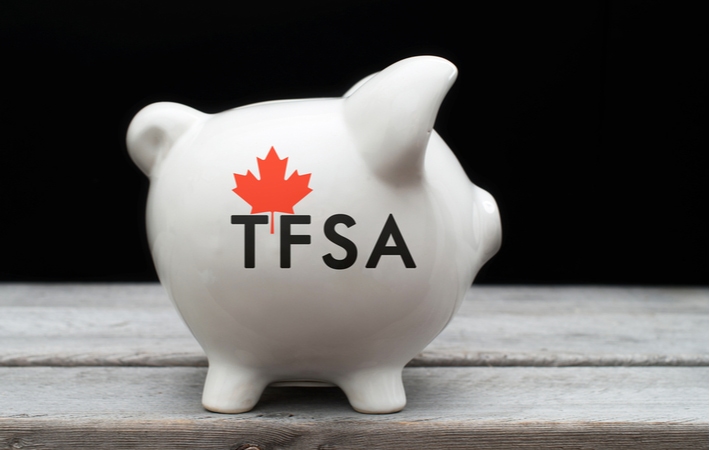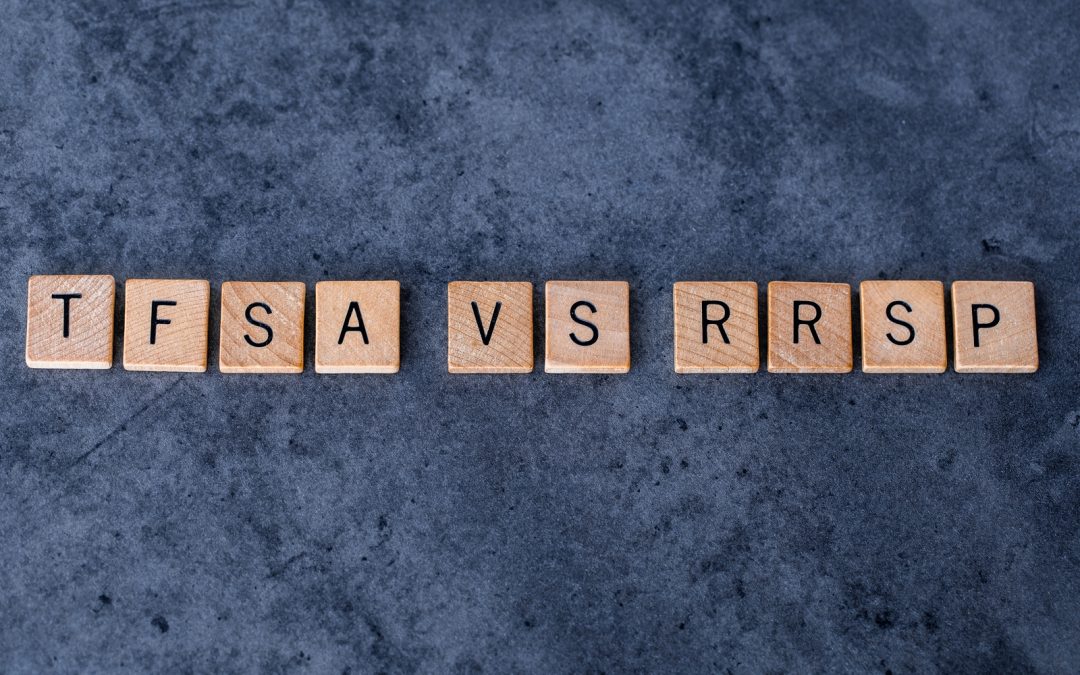Saving for retirement can ensure a comfortable future and rid the fear of not having enough money once you stop working.
When it comes to investing and saving, you may ask yourself the question: is an RRSP or TFSA better for me?
The simple answer is they both can be effective in helping you achieve your financial goals, but depending on your individual financial situation, your financial planning, and your investments, it may be best to choose one over the other.
Breaking down the difference and how each account works can help you decide which one makes sense for you when it comes to your savings. When in doubt, talk to your financial advisor.
What is an RRSP?
A registered retirement savings plan (RRSP) is a tax-exempt savings account, meaning it provides tax breaks to people who invest in and save money for retirement.
The money you contribute to an RRSP will be exempt from income taxes that year, but you will be taxed on it when you decide to withdraw it years later. Because of this, there are 2 main tax benefits:
- Allowable contributions are tax-deductible from your total taxable income for the year. This means you can end up with a tax refund, and by contributing regularly, you’ll see those tax advantages sooner.
- The growth of your RRSP investments are tax-deferred, meaning you pay federal income taxes when you withdraw money from your investment instead of upfront. Your returns are exempt from any capital gains tax, dividend tax, or income tax.
There is an annual contribution limit for an RRSP that’s unique to you. You build contribution room based on 18% of your income from the previous year or the annual RRSP limit, whichever is lower.
Several types of investments are approved to contribute to your RRSP, including:
- Mutual funds
- Exchange-traded funds
- Equities
- Bonds
- Savings accounts
- Mortgage loans
- Income trusts
- Guaranteed investment certificates
- Foreign currency
- Labour-sponsored funds
Contributing monthly to an RRSP means your money starts working for you sooner and you can benefit from your financial planning instead of contributing a large amount close to the deadline.
The last day to contribute to your RRSP for the 2021 tax year is March 1, 2022.

What Is a TFSA?
The tax-free savings account (TFSA) program was created in 2009 and is a way for people 18 years or older with a valid social insurance number to save money without paying tax on it. You contribute to it with after-tax income, so you won’t have to pay income tax on your withdrawals.
You can benefit from a TFSA because all the gains you make from your investments are tax-free. Types of permitted investments include:
- Cash
- Mutual funds
- Securities listed on a designated stock exchange
- Guaranteed investment certificates
- Bonds
- Certain shares of small business corporations
The contribution limit for a TFSA has an annual cap of $6000, but if you have never contributed to a TFSA, contribution room can be carried over, and you may have up to $81,500 of contribution limit.
To find your contribution room information, you can log into your CRA My Account or call Tax Information Phone Service (TIPS) 1-800-267-6999.
Breaking Down the Differences
Both an RRSP and TFSA have tax incentives when it comes to retirement savings and investment, but the main difference is how your money is taxed when you contribute to the account or withdraw it.
When contributing to an RRSP, you are investing with before-tax dollars. For a TFSA, you are investing with after-tax dollars.
The opposite goes for withdrawal. For an RRSP, you will be taxed when you cash out, unlike a TFSA. Those earning a higher income can take advantage of withdrawing from their RRSP at a lower tax rate at the time of retirement.
Another key difference between the two is how much money you can contribute annually. An RRSP can make more sense for high-income earners as the contribution limit is higher.
Lastly, you can claim a tax deduction for your contributions to an RRSP that year. There are no tax deductions for contributions to a TFSA.
When Should You Contribute to an RRSP or TFSA?
After breaking down the differences, the next question is which account is most beneficial to you? You first need to ask yourself what is your current financial situation and what are your financial goals?
You can best benefit from an RRSP if:
- You have an income of over $50,000. Since RRSPs are tax-deductible, you get a tax refund based on your marginal tax rate. If you have a high income, your marginal tax rate is likely higher. When you reach retirement you will be at a lower marginal tax rate; therefore, you save on the money you’re taxed when withdrawing from your account.
- You have money available for long-term financial goals. If you are able to contribute a significant amount to your RRSP, you can get it back as a tax refund.
- If you and your partner have different income levels. The higher earner can contribute to their partner’s RRSP, benefiting the amount saved together by the time of retirement.
You can best benefit from a TFSA if:
- You have an income of less than $50,000 because your contribution room is not directly related to your income.
- You don’t want to have any restrictions when accessing your money. When you withdraw from your account, you are not taxed. This can benefit those with specific financial goals, such as saving for a wedding or a house.
- You want to avoid a timeline on your account. A TFSA does not expire, meaning your investments can grow for as long as you please.
Discussing your goals with a financial advisor can help steer you in the right direction when choosing an account right for you.
Saving For Your Future
It’s never too early to start saving! You can see your money earn a significant amount of compound interest over time.
Ideally, contributing to both can result in considerable financial benefits, but an RRSP is better for high-income earners. For more advice about investing in your retirement, Qopia Financial has the answer to your questions. Talk to your financial advisor about how an RRSP or TFSA can benefit you.

I am sure you are here not because you want to know about me, but to learn how I can help you achieve what you want.
I provide advice and recommendations to people seeking more than the status quo. To grow, protect their wealth, experience fulfilling lives and realize their bucket list.
I research, study, ask questions and turn solutions upside down, shake and pull them apart so I can see the benefits and weaknesses from all angles and conditions so you do not have to. A thorough understanding gives me the ability to provide the best solution for your situation.


Recent Comments